The launch of Teamfight Tactics Set Four Fates will require players to make several adjustments when it comes to leveling and transitioning toward late-game builds.
A number of system changes in TFT Set Four has altered what players may have been used to in Galaxies when it comes to leveling and transitioning comps. An increase in XP toward hitting levels seven to nine has altered leveling strategies during the late game. Hitting nine is more of a pipedream in Fates, unlike in Set Three where it was the norm. And the addition of the Chosen mechanic has somewhat altered early-game leveling as well.
Leveling and transitioning are core mechanics that most new players to TFT often overlook. These mechanics aren’t written in stone since the best strategy is to always “play your strongest board.” Sometimes this means leveling early to win streak or leveling late to three-star a champion. But to become a better player, it’s important to know the standard strategic format for when to level up and transition comps through the stages.
Leveling during stage two depends on the strength of a player’s board. Players should only level at 2-1 if their board strength is strong enough to win streak through the whole stage, according to Ray “RayditzFN.” Hitting levels four and five depends on a number of variables, such as board state power and whether a player wants to roll for three-star champions.
Leveling to six should take place at stage 3-2, seven at 4-2 to 4-4, and eight at 5-2 to level “on curve.” Hitting nine becomes an option upon win streaking through all the stages or if a bunch of gold was earned via high-rolling in conjunction with the Fortune trait.
Upon leveling to six in TFT Set Four, players are exiting the early game and should start prepping for their late-game build during the mid-game stage. This typically involves ditching that early-game Chosen for a better-suited one that’s a three or four-cost unit.
By the time a player levels to six at 3-1 to 3-2, it’s important to have a plan for transitioning from the early game to the late game. Playing a strong board in the early game often requires a low-cost Chosen champion that creates synergies. But keeping that Chosen throughout the whole game isn’t always the best play.
Rolling down and searching for a new Chosen champion should take place when a player hits the Mark Wolves creep round at the end of stage three, according to JinxedJK. By the time a player levels to seven at around 4-2 to 4-4, they should have the Chosen champion and a gameplan for the late game that starts at stage 5-1.
Scheduled to go live on Sept. 16, TFT Set Four Fates may encounter additional system changes prior to launch.


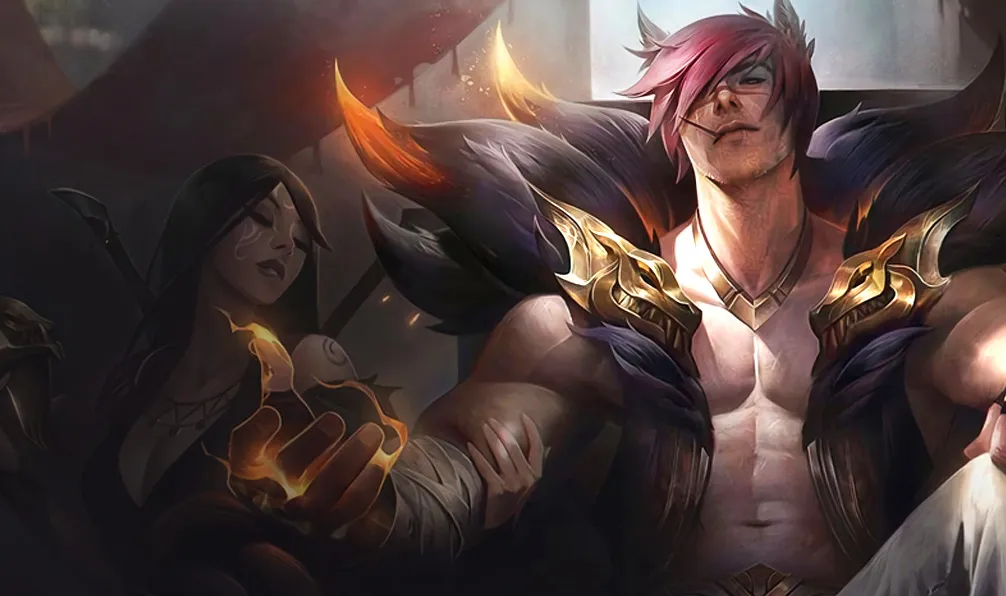
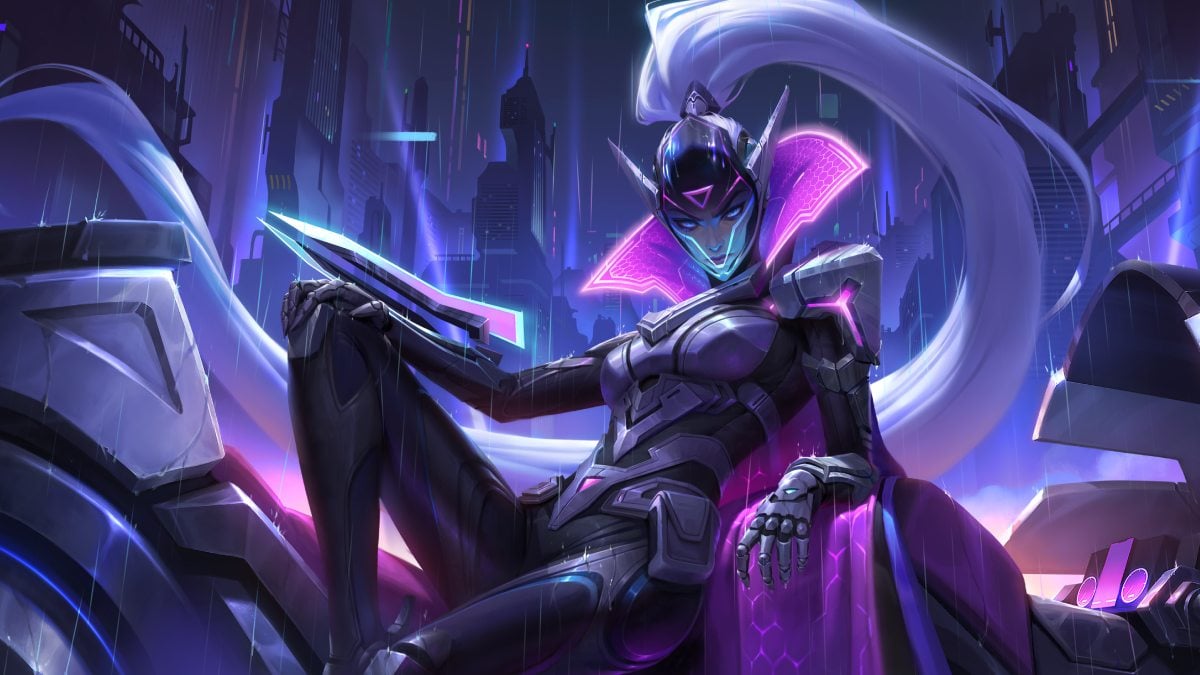
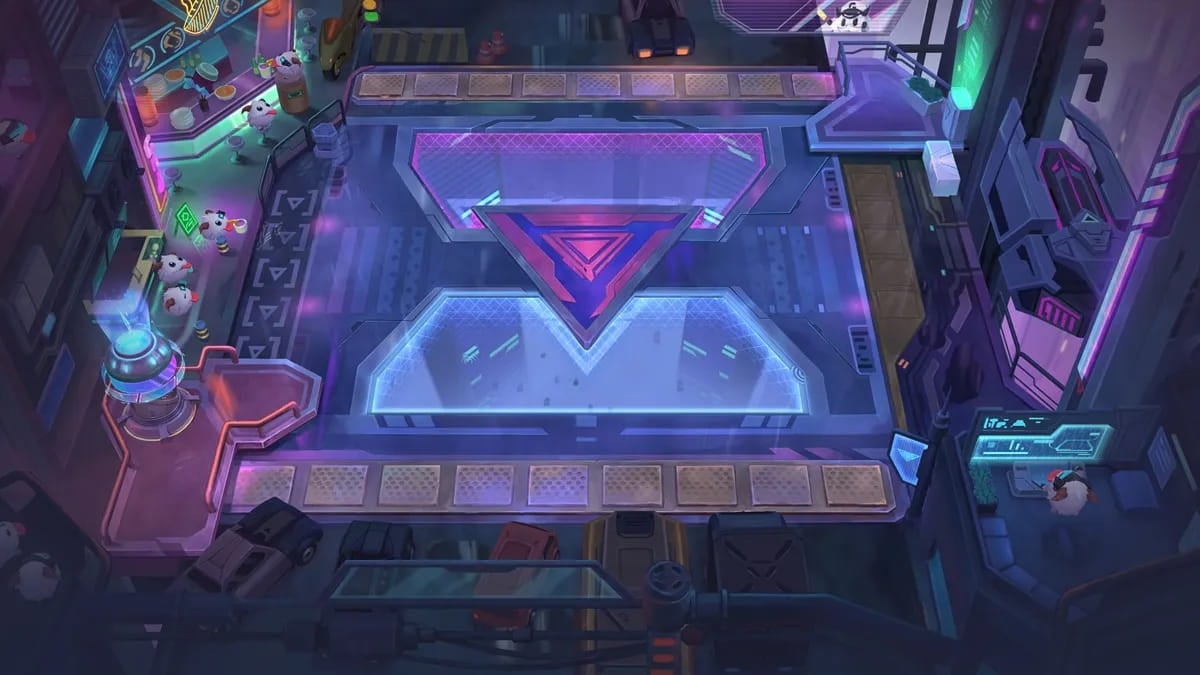

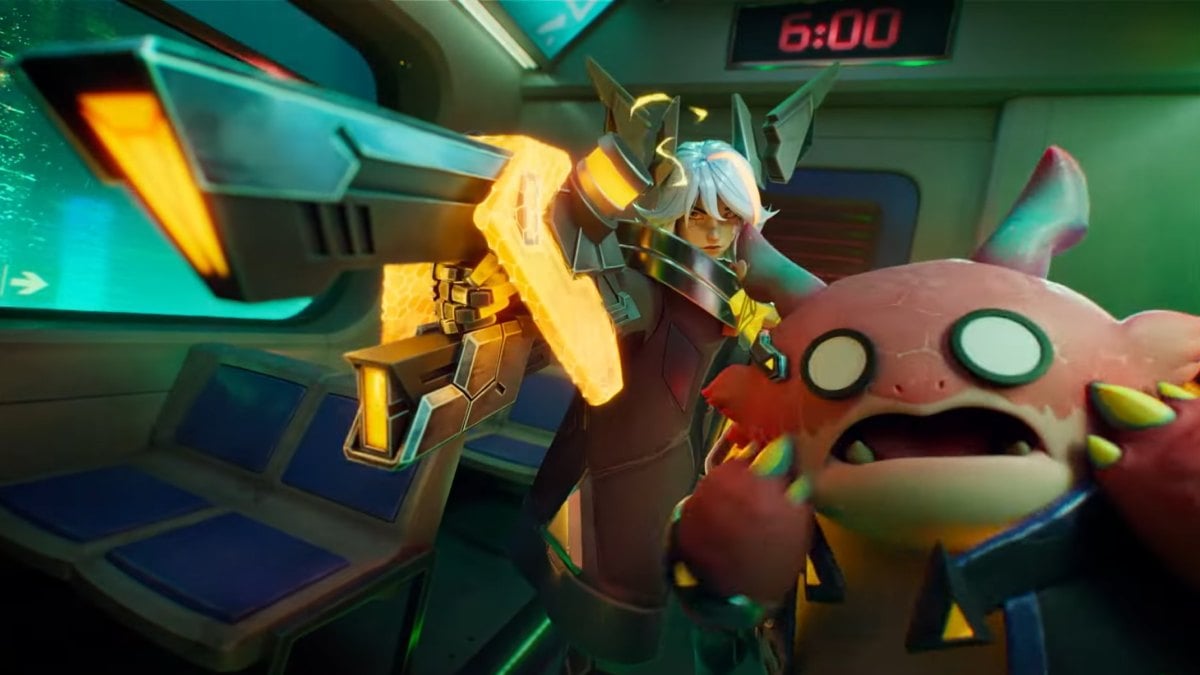

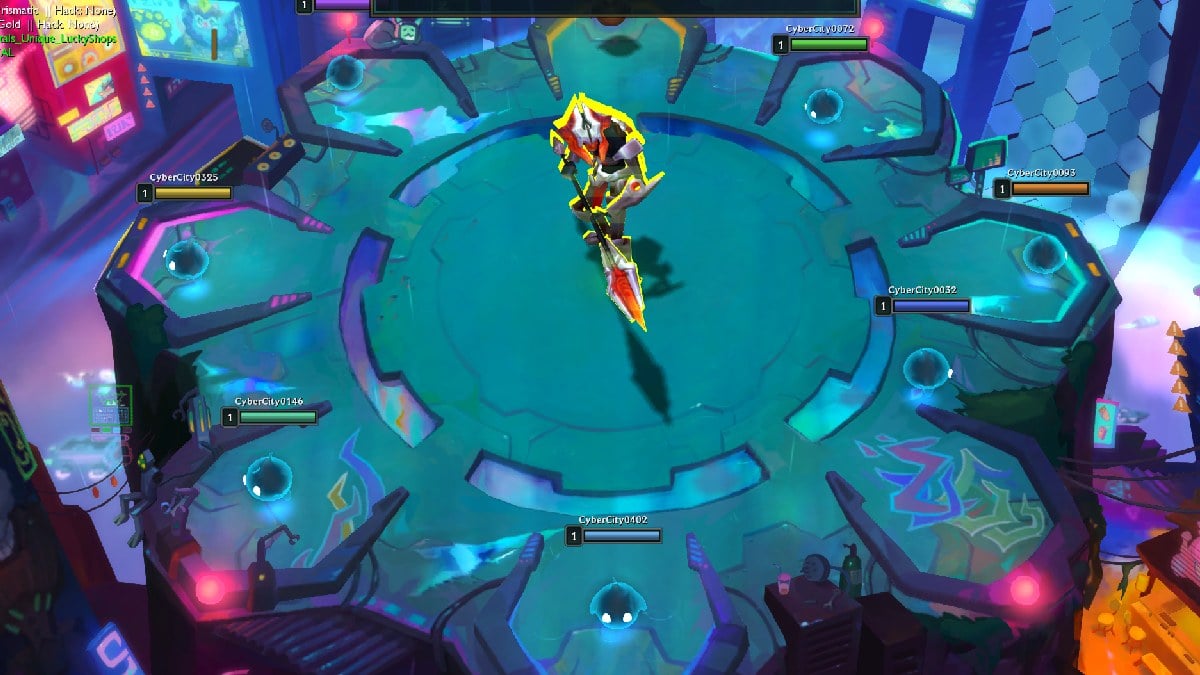

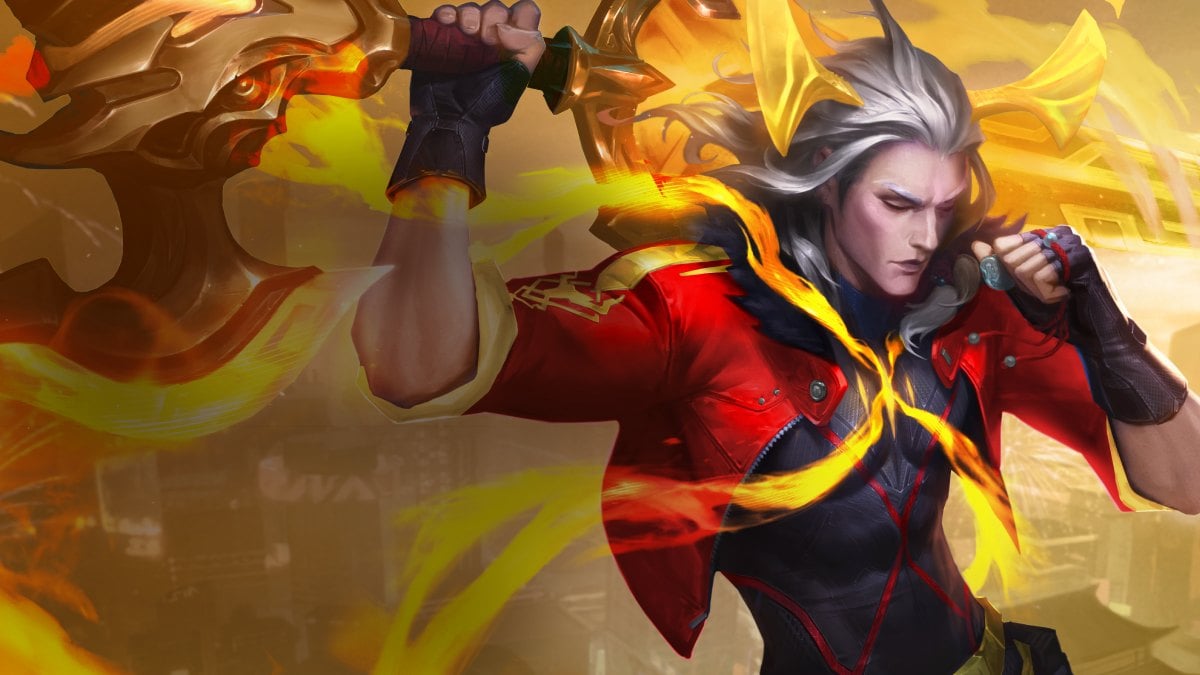

Published: Sep 9, 2020 04:20 pm